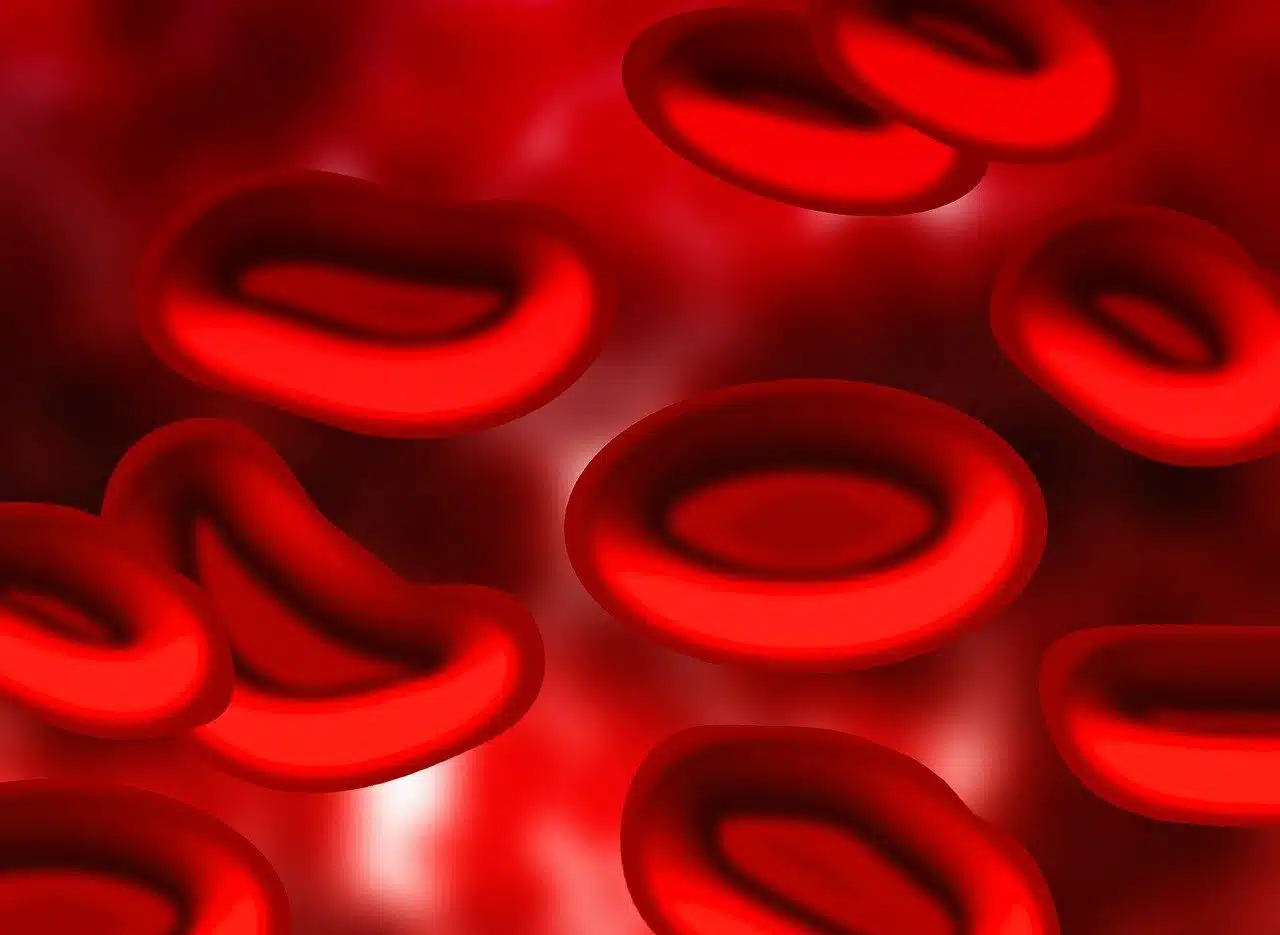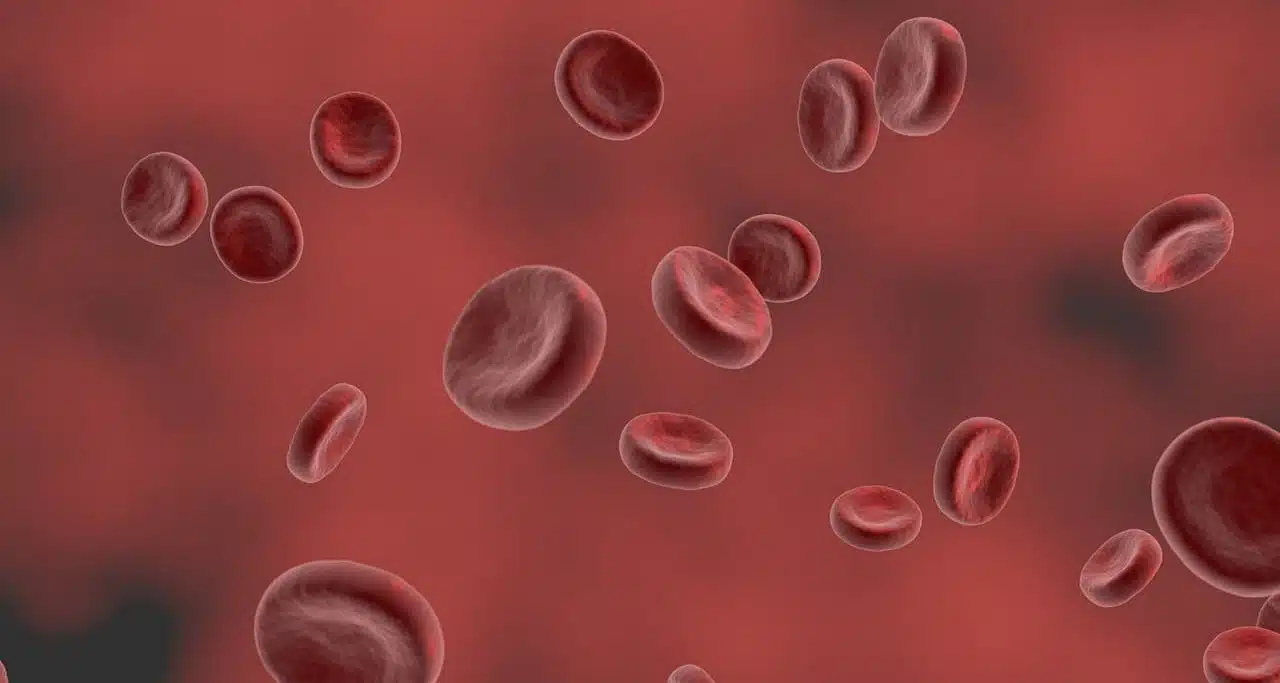
Red blood cells are blood cells.
Red blood cells are red, globose cells . Together with white blood cells and platelets, they make up the group of formed elements of blood. It can be said that red blood cells - also known as erythrocytes or red blood cells - are the most numerous component of the formed elements.
Before moving forward with the definition, it is important to know the etymological origin of the concept. Thus, it must be emphasized that it is composed of two words that come from Latin:
- Globule comes from globulus , which can be translated as "small-sized organic sphere."
- Red , for its part, comes from the word russus .
Globule , in this framework, is the diminutive of balloon . The term refers to a small spherical body . The most common use of the concept of blood cell, as can be seen, is linked to the cells that make up blood : in this sense, we can speak of red blood cells and white blood cells .
Normal measurement of red blood cells
Women have about 4,500,000 red blood cells per cubic millimeter of blood, while men have about 5,000,000. When the values are far from these figures, the body presents some type of abnormality.
In addition to the above, it is common for people, due to certain health circumstances, to undergo tests that have the clear objective of knowing the status and number of their red blood cells. Hence, for example, what is known as a red blood cell count is performed, which measures the number of these and is performed through a simple blood draw.
Thanks to this exam, it can be determined, among other things, if the person in question has anemia , a bone marrow disorder called myelofibrosis or Alport syndrome , among other pathologies.

Red blood cells are also known as erythrocytes or erythrocytes,
Alteration of values
There are a number of situations that can cause the number of red blood cells in an individual to be altered. Thus, for example, it is established that it may be lower than normal due to anemia, bleeding, malnutrition, leukemia, pregnancy and even the intake of certain medications such as those used in chemotherapy treatments.
On the other hand, the number of red blood cells may be above normal due to tobacco use or congenital heart disease, among other options.
Changes in red blood cells
Red blood cells, which lack a nucleus and mitochondria, house hemoglobin inside. This means that red blood cells are responsible for carrying oxygen to the rest of the cells and tissues in the body. Thanks to their flexible membrane, erythrocytes can pass through the narrowest capillaries, where they release oxygen.
It is possible to notice changes in size, shape and color in the red blood cells. Anisocytosis , for example, involves the coexistence of erythrocytes of different sizes in the same blood sample. Microcytosis (linked to anemia), macrocytosis (related to the consequences of alcoholism) and megalocytosis are other disorders of the size of red blood cells.
Regarding shape changes, acanthocytosis (produced in liver cirrhosis), echinocytosis (uremia) and keratocytosis (hemolysis) can be identified, among other alterations, while color changes imply disorders such as anisochromia and polychromasia .
